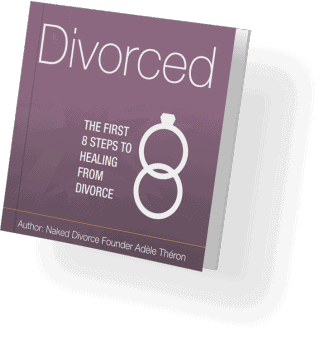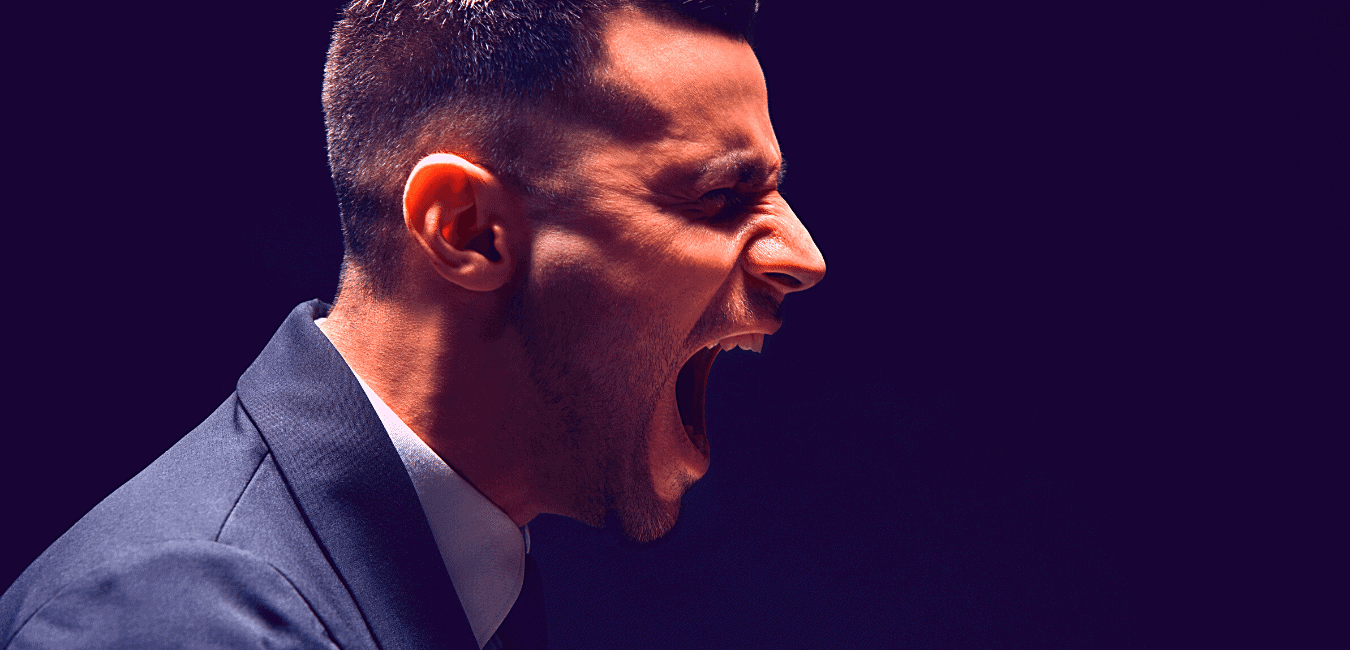
Free e-book: The First 8 Steps to healing from divorce

Much of domestic violence awareness is centered around heterosexual relationships, and despite this growing movement, the LGBTQ+ community has been largely left out over the years. However, recent research shows that members of the LGBTQ+ community are often victims of domestic abuse and violence at equal rates compared to heterosexual couples.
Navigating domestic violence in an LGBTQ+ relationship has its own challenges and in this article, we’re going to take a look at some of the LGBTQ+ domestic violence statistics and the barriers that they face in seeking help and receiving assistance.
Prevalence of Domestic Violence in LGBTQ+ Relationships
A number of different studies, such as Intimate Partner Violence in the United States, from the National Center for Injury Prevention and Control, and Lesbian, Gay, Bisexual, Transgender, Queer, and HIV-Affected Intimate Partner Violence in 2015 from the National Coalition of Anti-Violence Programs, have given greater insight into the statistics of domestic abuse in LGBTQ+ relationships.
Here are a few quick statistics gained through a number of research programs focussing on LGBTQ+ domestic violence:
- 43.8% of lesbian women and 61.1% of bisexual women have experienced rape, physical violence, and/or stalking by an intimate partner at some point in their lifetime, as opposed to 35% of heterosexual women.
- 26% of gay men and 37.3% of bisexual men have experienced rape, physical violence, and/or stalking by an intimate partner in their lifetime, in comparison to 29% of heterosexual men.
- In a study of male same-sex relationships, only 26% of men called the police for assistance after experiencing near-lethal violence.
- In 2012, fewer than 5% of LGBTQ survivors of intimate partner violence sought orders of protection.
- Transgender victims are more likely to experience intimate partner violence in public, compared to those who do not identify as transgender.
- Bisexual victims are more likely to experience sexual violence, compared to people who do not identify as bisexual.
- LGBTQ Black/African American victims are more likely to experience physical intimate partner violence, compared to those who do not identify as Black/African American.
Types of Domestic Violence Affecting the LGBTQ+ Community
- 20% of victims have experienced some form of physical violence
- 16% have been victims of threats and intimidation
- 15% have been verbally harassed
- 4% of survivors have experienced sexual violence
- 11% of intimate violence cases reported in the NCADVP’s 2015 report involved a weapon.
Barriers to Seeking Assistance or Reporting Domestic Violence
As you can see, abuse and domestic violence are not limited to heterosexual relationships and people of all sexual orientations and genders are affected. The response to – and acknowledgment of – domestic violence in the LGBTQ+ community is gradually improving, however, many people in this situation find the barriers to seeking support insurmountable. In fact, around 45% of domestic violence victims in an LGBTQ+ relationship do not report the abuse.
These are the most common factors that contribute to the hesitation of reporting domestic violence in the LGBTQ+ community:
Societal beliefs that domestic violence does not occur in LGBTQ relationships
It’s a common misconception that domestic violence simply doesn’t happen in LGBTQ+ relationships. Domestic violence is commonly thought of as a male-on-female circumstance and as such, it’s hard for many people to imagine that it takes place outside of heteronormative relationships. This misconception often stops LGBTQ+ community members from stepping forward, as they worry that no one will believe them.
Potential homophobia from police and professional assistance providers
Members of the LGBTQ+ community deal with homophobia from many different avenues in society, and unfortunately, one of the most prevalent is within the police service. A history of harassment at the hands of law enforcement could deter someone from seeking help, even if they haven’t experienced it firsthand. The risk of the police and other professionals either not believing them or purposefully harassing them is simply too much for many people.
Lack of appropriate training regarding LGBTQ domestic violence
Although there has been an increase in the number of professionals that now handle domestic violence in the LGBTQ+ community, sometimes there can simply be a lack of training and understanding for the particular nuances that come with it. Most professionals have been trained to deal with domestic violence in heterosexual couples and this could make them less effective and understanding when it comes to LGBTQ+ couples.
Fear that reporting domestic abuse will take away from progress toward equality or fuel anti-LGBTQ bias
The LGBTQ+ community has worked long and hard to get where they are today and many people suffering domestic abuse feel like reporting it could harm the positive steps taken. They worry that if they put a negative limelight on LGBTQ+ relationships that it could fuel anti-LGBTQ+ bias and force the community, as a whole, to take a step backward from equality.
The dangers associated with “outing” oneself
For members of the community that have not “come out” to their friends and family, the thought of reporting domestic abuse can be a particularly challenging one. While they wish to report the violence, they risk outing themselves to their loved ones and perhaps experiencing homophobia, a lack of support, and a breakdown of some of their most cherished relationships. As such, many don’t report their domestic violence experience as a means to keep their sexual orientation to themselves.
The lack of, or awareness of, LGBTQ+-friendly assistance resources
There are plenty of places that heterosexual couples can turn to for support – whether that’s psychologists, counselors, domestic abuse shelters, and more. However, there is generally a lack of professional support for LGBTQ+ community members that need to get out of a domestic abuse situation or receive mental health assistance as a result.
Get the Help You Need with Naked Divorce
At Naked Divorce, we welcome people from all walks of life and we’re a fully inclusive divorce and trauma counseling support program. Whether you’re getting a divorce, going through a breakup, or need help in overcoming the trauma associated with a domestic violence situation, we are here to walk and guide you along every step of the journey to a happy and healthy future.
If you enjoyed this post, I’d be very grateful if you’d help it spread by emailing it to a friend, or sharing it on Twitter or Facebook.
With you in service,

 Book a Clarity Call for any divorce or break up support you need,
Book a Clarity Call for any divorce or break up support you need,

